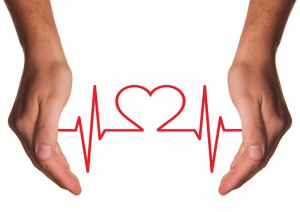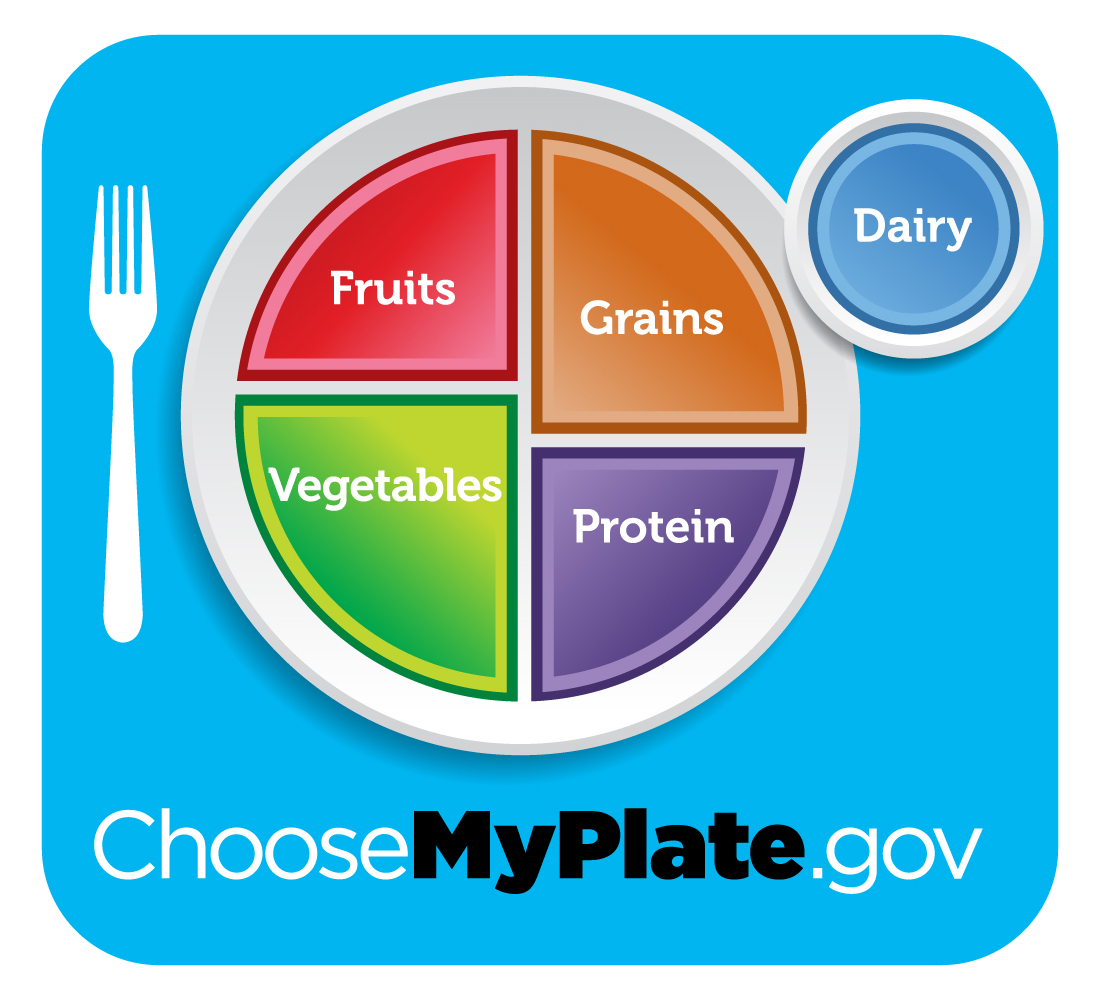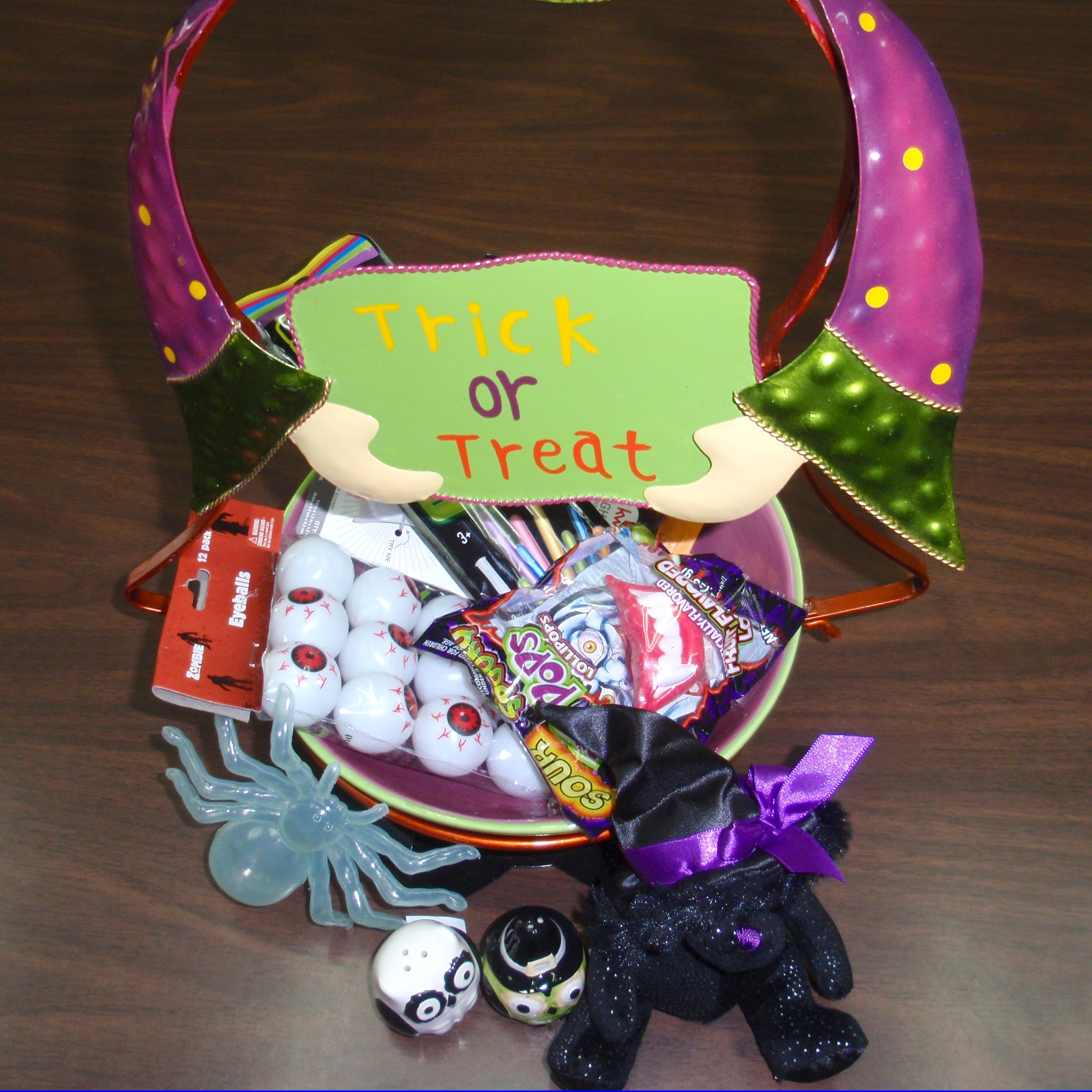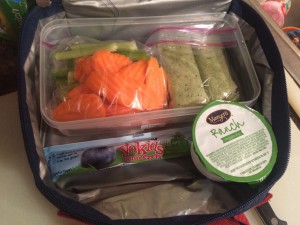by Amy Mullins, PhD, RDN | Feb 3, 2016

Photo credit: pixabay.com
Did you know that heart disease is the #1 killer of Americans, accounting for 1 in every 4 deaths? It has been called the “silent killer” because often there are no symptoms.
Your risk for heart disease can depend on many things. The good news is that 80% of risk factors are preventable!
Things you can do to reduce your risk:
- Avoid use of and exposure to tobacco.
- Avoid excessive alcohol consumption.
- Be physically active every day.
- 150 minutes per week of aerobic activity, equivalent to brisk walking, has been shown to lower obesity, blood pressure, triglycerides, and LDL (bad) cholesterol, and increase HDL (good) cholesterol
- Aim for a healthy body weight.
- Aim for normal blood glucose. Diabetes is the 7th leading cause of death in the US and can cause serious health complications such as heart disease, blindness, kidney failure, and amputations.
- Fasting glucose levels over 100mg/dL could signify prediabetes
- Fasting glucose levels over 126mg/dL could signify diabetes
- Check your blood pressure regularly.
- Less than 120/80 mmHg is normal
- 120-139/80-89 mmHg is pre-hypertension
- 140/90 mmHg or higher is hypertension
- Check your cholesterol. People with high cholesterol have about twice the risk of heart disease as people with lower levels. Aim for:
- Total Cholesterol (less than 200 mg/dL)
- Low triglycerides (less than 150 mg/dL)
- Low LDL (bad) cholesterol levels (less than 100 mg/dL)
- High HDL (good) levels (60 mg/dL or higher)
- Consume a healthy diet. According to the Dietary Guidelines for Americans and ChooseMyPlate, a healthy eating plan:
- Emphasizes fruits, vegetables, whole grains, and fat-free or low-fat milk and milk products
- Includes lean meats, poultry, fish, beans, eggs, and nuts
- Is low in saturated fats, trans fats, cholesterol, salt (sodium), and added sugars
- Stays within your daily calorie needs
Taking care of yourself is no easy job! Talk to your doctor and schedule regular checkups. Knowing what your risk for heart disease is literally can save your life. For more information about reducing your risk of heart disease, visit the Centers for Disease Control and Prevention.

by Shelley Swenson | Jan 15, 2016
 Valentine’s Day and chocolate just go together! Can you really have one without the other? I crave chocolate all year round and with some of the recent research I have read, I can feel all right about giving in.
Valentine’s Day and chocolate just go together! Can you really have one without the other? I crave chocolate all year round and with some of the recent research I have read, I can feel all right about giving in.
A recent study reported in the American Journal of Clinical Nutrition tested the effects of dark and white chocolate on healthy adults to determine whether either type played a role in blood pressure and insulin sensitivity. They concluded that dark chocolate can indeed help reduce blood pressure and insulin resistance. White chocolate did not provide these health benefits.
Keep in mind that although dark chocolate has health benefits, most chocolate bars are high in saturated fat, so moderation is key. Eating dark chocolate cannot substitute for everyday healthy food choices. Nor can chocolate replace regular exercise or medications that have been prescribed by your physician. It is so nice to know you can indulge in your Valentine’s Day chocolate, in moderation, without feeling guilty about it if you choose the dark.

by Dorothy C. Lee | Jan 4, 2016

A Win-Win Super Bowl Party
Get defensive about your health. These easy-to-tackle recipes are just as tasty, but lower in fat and calories than typical game-day fare. It’s a Win-Win situation.
Skip the six-foot-long sub sandwich usually drenched in mayonnaise. Instead, serve a soup and sandwich smorgasbord with a variety of low-fat cheeses, whole grain breads, fresh, low-sodium cold cuts, and lots and lots of fresh vegetables. Serve soups that are hearty and full of vegetables or grains.
Swap calorie-laden soft drinks with 100% fruit juice or vegetable juice. Prepare mock cocktails using half juice and half seltzer water for a healthy, refreshing beverage.
Set up a make-your-own sundae bar. Use low-fat, protein-rich Greek yogurt and add low-fat granola and fresh or frozen fruit like strawberries, blueberries, even dried fruit. Top off yogurt sundaes with nuts.
Replace chips with vegetable sticks or fruit, or try making your own tasty pita chips. Recipe follows and it only takes a few minutes. Serve a store-bought salsa or a homemade bean dip (see recipe) with carrots, celery, red pepper strips, and cucumbers instead of high-fat dips and salty chips.
If you are going to serve dessert, opt for fruit—fresh, frozen, or canned in its own juice, or there are sugar-free options.
These game day decisions will help you develop a winning game plan!
Garlic & Herb Pita Chips
4-6 whole wheat pitas
2 tablespoons olive oil
1 teaspoon Italian seasoning
½ teaspoon garlic powder
¼ teaspoon salt
Coat 2 large baking sheets with non-stick cooking spray.
Cut pitas into 8 wedges each and separate each wedge at the fold.
Place the pita wedges in an even layer on the baking sheets.
Brush wedges with oil and sprinkle with Italian seasoning, garlic powder, and salt.
Bake at 350°F for 6 to 10 minutes or until golden brown.
May be baked ahead of time and stored in an airtight container for up to 4 days.
Pinto Bean Salsa Dip
1 (approximately 15-ounce) can pinto beans, drained and rinsed, or
1½ cups cooked dried beans
1 cup shredded cheese
½ to 1 cup chunky salsa
1 to 2 tablespoons chopped onion (optional)
¼ to ½ teaspoon chili powder or to taste (optional)
Mash beans with a fork. Mix in cheese. Stir in enough salsa until mixture is desired consistency for dipping. Add onion and seasoning as desired. Serve cold or cook, stirring, over medium heat until the cheese melts and the mixture is well-blended and hot (about 5 minutes).
For further information contact:
Dorothy C. Lee, C.F.C.S.
UF IFAS Extension Escambia County
3740 Stefani Road
Cantonment, FL 32533-7792
(850) 475-5230
dclee@ufl.edu

by Marie Arick | Oct 2, 2015
![myplate_blue[1]](https://nwdistrict.ifas.ufl.edu/fcs/files/2015/10/myplate_blue1-150x150.jpg) The numbers are in and, according to the Centers for Disease Control and Prevention (CDC), 20% or more of the United States adult population is obese in each state. This data was collected during the Behavioral Risk Factor Surveillance System that involves health-related telephone surveys. It has long been discussed in our society that obesity is a growing concern for our population. Many initiatives have been developed to address this issue, such as MyPlate and First Lady Michelle Obama’s Let’s Move! Yet, we still fail to take this to heart.
The numbers are in and, according to the Centers for Disease Control and Prevention (CDC), 20% or more of the United States adult population is obese in each state. This data was collected during the Behavioral Risk Factor Surveillance System that involves health-related telephone surveys. It has long been discussed in our society that obesity is a growing concern for our population. Many initiatives have been developed to address this issue, such as MyPlate and First Lady Michelle Obama’s Let’s Move! Yet, we still fail to take this to heart.
Obesity has been linked to cancer, heart disease, diabetes, and hypertension. All of these can be linked to premature death. And yet, we still pick up those forks and stay off our feet. Even worse, we set a poor example for our children. Many people operate under the assumption that “it does not apply to me,” but it does. The definition of obesity is having a body mass index (BMI) of 30 or higher. The BMI is calculated using your weight in kilograms and dividing this by your height in meters squared. Thankfully, the CDC is one of many sources that has a BMI calculator online to make it simple. The first step is to determine your BMI using one of these calculators, and then to understand what that number represents. The following chart from the CDC explains the results for adults.
The standard weight status categories associated with BMI ranges for adults are shown in the following table:
BMI Weight Status
Below 18.5 Underweight
18.5 – 24.9 Normal or Healthy Weight
25.0 – 29.9 Overweight
30.0 and Above Obese
Next, take this information and act on it. If you have health concerns, see your physician. If you are sedentary, start taking a daily walk or bike ride. Review your personal eating habits and compare it to the MyPlate healthy eating guidelines. MyPlate has online tools that can make meal planning easy and help you track your calories and exercise. Can you make some small changes to improve your dietary intake? Small steps can lead to big changes over time. Modeling these behaviors can not only improve your health and well-being, but the positive changes can impact your children or loved ones as well. Share your goals and seek the support of friends and family. Most importantly, teens and children’s BMI results are interpreted differently. Talk with your child’s physician regarding any weight concerns and dietary guidelines.
Take care of yourself today, set a positive example for those you care about, and put the fork down and get on your feet!

by Dorothy C. Lee | Oct 2, 2015

Photo credit: Dorothy C. Lee
Fall is in the air. Cooler weather brings thoughts and plans for hayrides, carnivals, festivals, trick-or-treat, and more fun. Halloween may be a fun holiday for kids, but for parents, trick-or-treat time can be a little tricky. Concerns about children’s safety, whether they are out in the neighborhood or back home with bags of loot, could darken the festivities. But not to worry. To make Halloween a treat for all, follow these safety tips.
Costume Safety
- Make sure children dress up safely. Keep costumes short to prevent trips, falls, and other bumps in the night.
- Try makeup instead of a mask. Masks can be hot and uncomfortable and can obstruct a child’s vision.
- If the children will be in costumes, keep these tips from the U.S. Consumer Product Safety Commission in mind:
- Costumes should be made of flame-retardant materials.
- Decorate or trim costumes and goodie bags with reflective tape or decals so that children are visible at night to motorists. Reflective tape is available at most costume shops, sporting goods stores, and hardware stores.
Trick or Treat Safety
- Make sure older children trick or treat with friends.
- Children should stop only at familiar homes where outside lights are on.
- Make sure someone in the group has a flashlight and choose only well-lighted streets to go on.
Check the Treats
- Adults should check all treats. Parents should emphasize that no treats should be eaten until they get home and the treats have been checked. Parents should allow only unopened candies and other treats that are in original wrappers. Don’t forget to inspect fruit and homemade goodies for anything suspicious. When in doubt, throw it out!
Treats for Parents to Give
- Try some of these not-so-sweet treats—roasted nuts, pretzels, popcorn, pumpkin seeds.
- Consider giving inexpensive non-edible treats. Some non-food items to consider include stickers, snack coupons to a fast-food restaurant, novelty items such as magic tricks, finger puppets, yo-yos, little bottles of bubbles, and small games. Party stores and discount stores are great sources for non-food items.
Whether you opt for putting on a party, “trunk” trick or treating, participating in the local mall festivities, or door-to-door trick or treating, Halloween can be a lot of fun for parents and children. Just remember the tricks and treats of playing it safe.
For further information, visit the University of Florida Solutions for Your Life website, http://www.SolutionsForYourLife.com
References: U.S. Consumer Product Safety Commission,U.S. Consumer Product Safety Commission
Centers for Disease Control and Prevention, http://www.cdc.gov/family/halloween
by Melanie Taylor | Aug 29, 2015

Healthy School Lunch
Packing the kids’ lunches for school means you know which nutritious foods they are eating. Here are some budget-friendly, creative ideas to keep kids happy and healthy at lunchtime.
Make a “Smarter” Sandwich:
While some kids prefer the same thing every day, others may be okay with a slight switch to their sandwich.
- Use different breads like 100% whole wheat tortilla wraps (choose wraps low in saturated and made with no hydrogenated oils) or 100% whole wheat pita pockets.
- Besides lettuce, try shredded carrots or avocado slices with a turkey sandwich.
- Buy blocks of low fat, low-sodium cheeses. You save money when you slice it yourself. Or use a cookie cutter to cut into fun shapes.
- Instead of lunchmeat, try a leftover grilled chicken sandwich with lettuce and tomato.
Love Those Leftovers:
Try using the leftovers from the family dinner for the next day’s lunch. Invest in a thermos to keep foods hot or cold until lunchtime.
- Low-sodium tomato, vegetable or bean soups
- Chili made with lean or extra lean ground turkey
- Whole wheat spaghetti with low sodium tomato sauce
- Low-sodium baked beans, bean casserole or beans & rice
Let Them Dunk:
Sometimes it is okay to let your kids play with their food, especially when they are getting extra nutrition.
- Apple and pear slices to dip into low-fat plain yogurt mixed with peanut butter.
- Carrot, celery and sweet pepper strips to dip into hummus, fresh salsa or homemade bean dip.
- Whole grain crackers (choose crackers low in sodium and saturated fat and made without hydrogenated oils) to dunk into low-sodium vegetable or tomato soup.
- Unsalted sunflower seeds, crushed whole wheat cereal and sliced banana to mix into low fat vanilla yogurt (no added sugars) to eat with a spoon like a sundae.
Get Them Involved:
While letting kids in the kitchen might mean a bigger mess, if they help pack their own lunch, they are more likely to eat it! On nights you have a bit more time, like a Sunday night, have them choose which piece of fruit or what type of whole grain bread they want and let them assemble their lunch. Make this a weekly routine – it’s another great way to spend family time together.
For more heart healthy lunch tips visit: http://www.heart.org/HEARTORG/






![myplate_blue[1]](https://nwdistrict.ifas.ufl.edu/fcs/files/2015/10/myplate_blue1-150x150.jpg)


